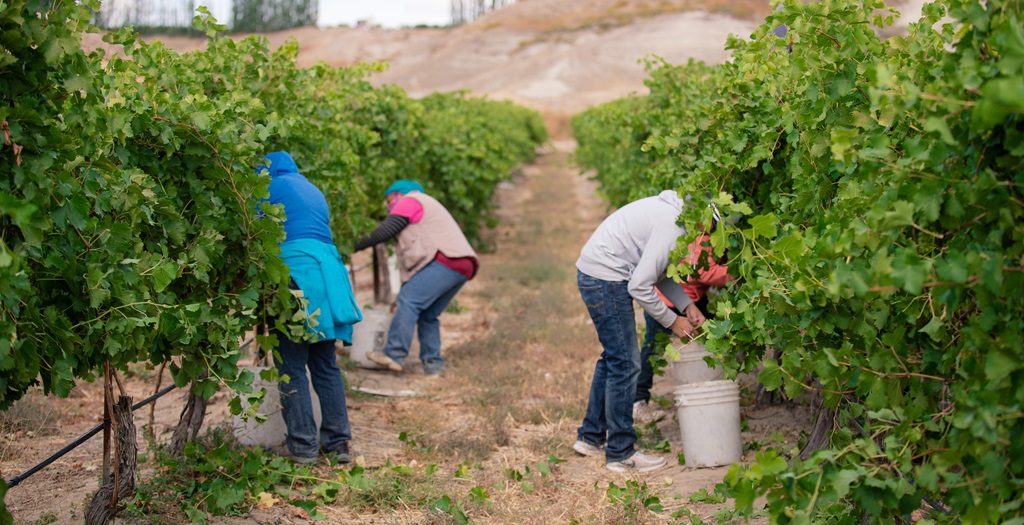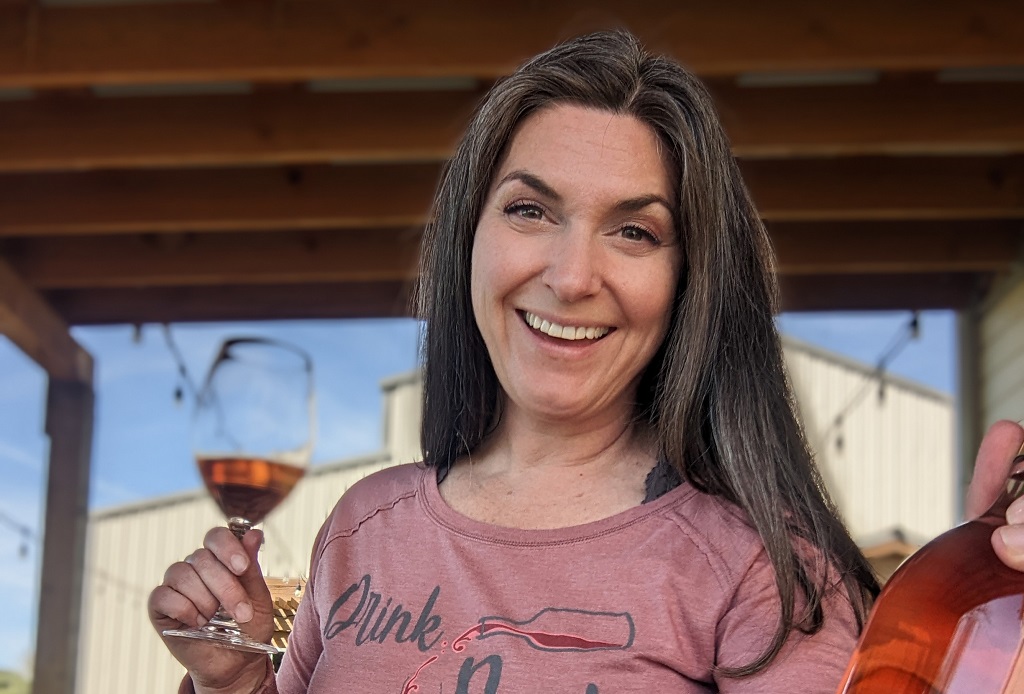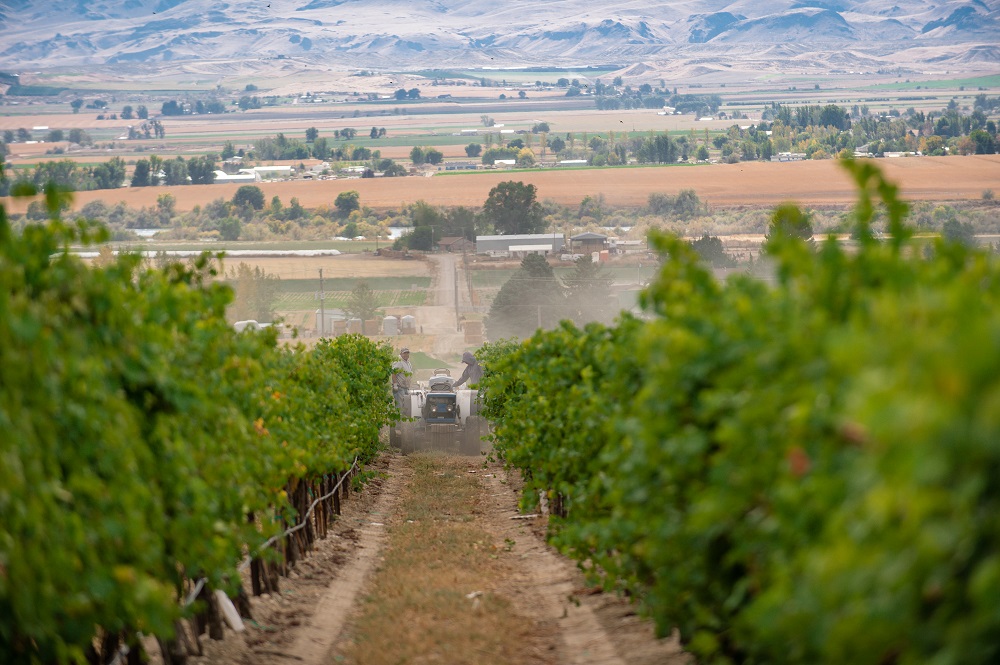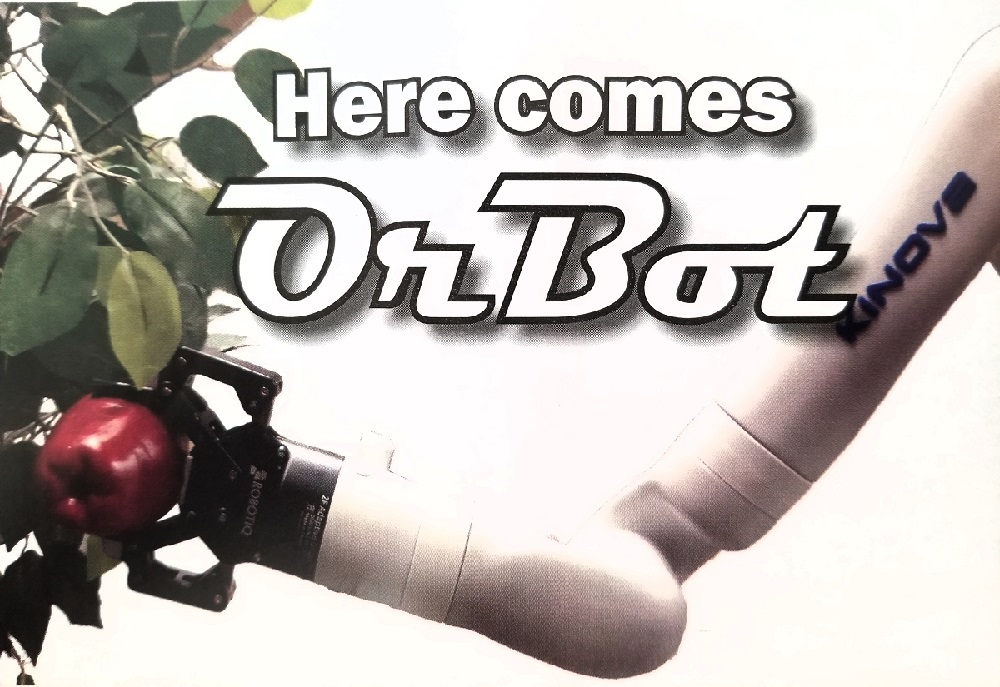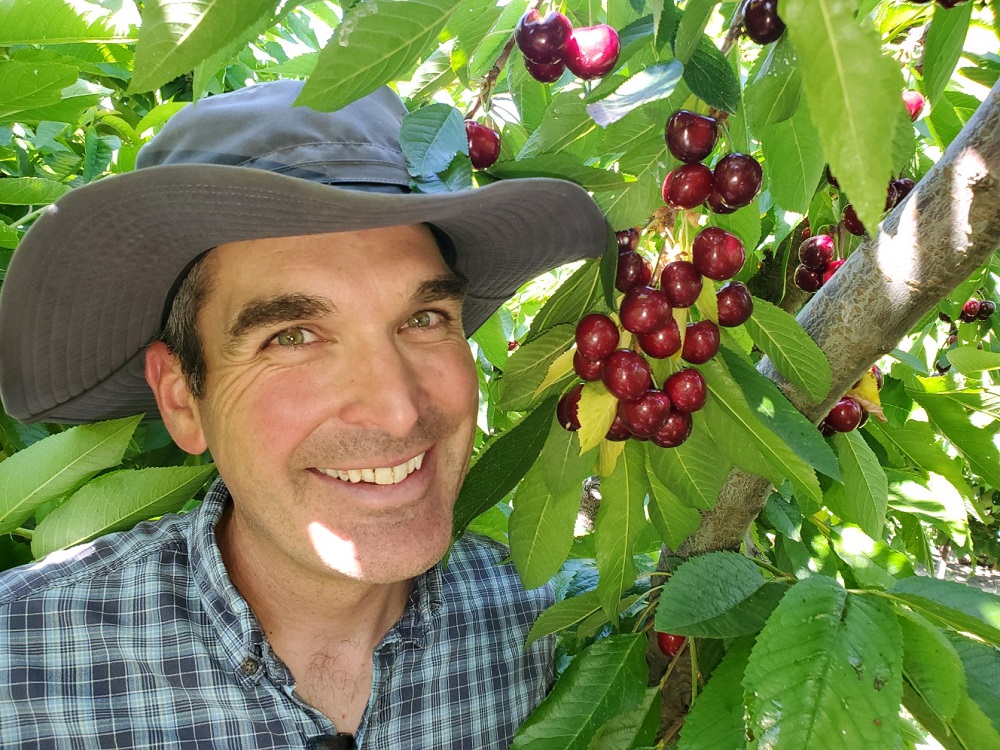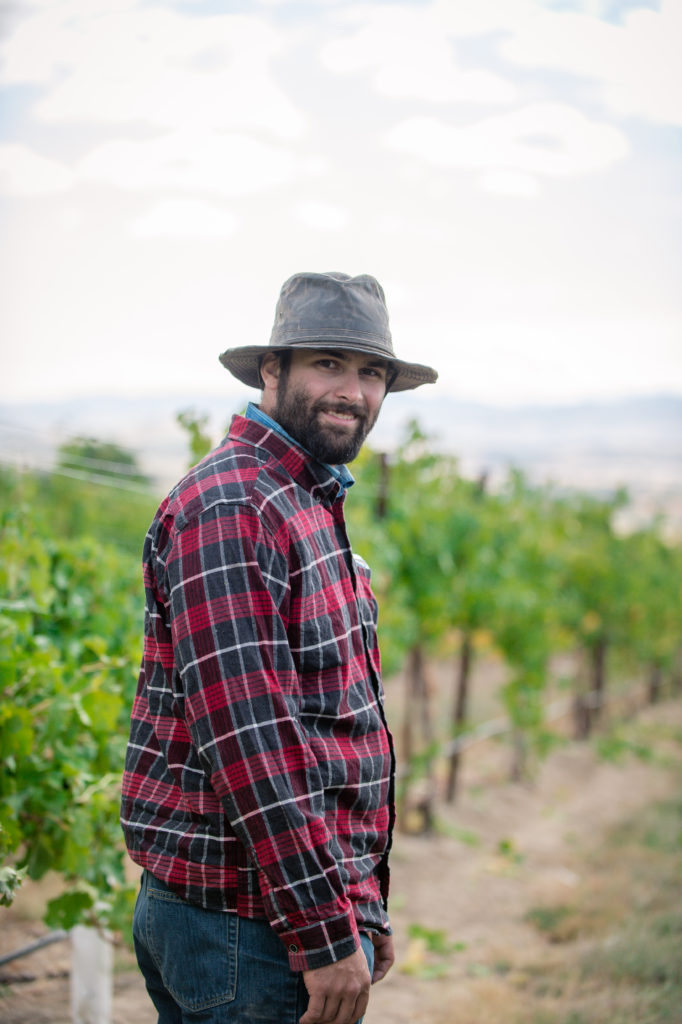 Williamsons Orchards & Vineyards has been growing a variety of crops for 4 generations and we’ve seen first hand the importance of stewardship on agricultural land. When we started grape growing in the late 1990’s, we came to realize that growing grapes is capital intensive, and risky. Unlike row crops which can be rotated each year, planting a grape vine is a commitment to the future.
Williamsons Orchards & Vineyards has been growing a variety of crops for 4 generations and we’ve seen first hand the importance of stewardship on agricultural land. When we started grape growing in the late 1990’s, we came to realize that growing grapes is capital intensive, and risky. Unlike row crops which can be rotated each year, planting a grape vine is a commitment to the future.
It’s an agricultural gamble fueled by passion. Because our family is focused on taking the best care possible of the agricultural land entrusted to us, we do our best to focus on the sustainability and environmental best practices as well as the economic and social responsibility aspects of a family business.
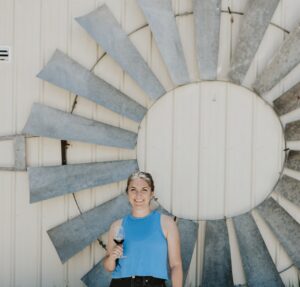
Beverly had the opportunity to visit with Paige Comrie this summer. Paige is a wine lover with a passion to connect other wine lovers with great wines from across the world. She choses wines that range from delicious & affordable Tuesday night picks to high-end limited edition releases that are truly something to celebrate. She wants to share not just the wines with her followers but the stories of the folks that make those wines.
Find the entire article here: Women in Wine: Beverly Williamson
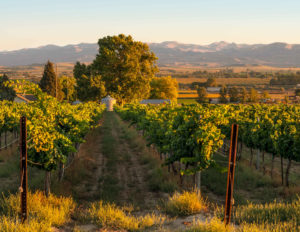
The Idaho Capital Sun wrote an interesting article about climate change and the apparent effects it may have on Idaho’s vineyards. They talked with a couple of Sunnyslope grape growers and an adjunct research scientist at Columbia University who studies drought and it’s effects on plants.
“As far as agriculture and climate change goes, wine is kind of the canary in the coalmine,” Benjamin Cook of Columbia University said. “It’s a perennial crop that sticks around every year, and it’s so sensitive to what’s happening with weather and the environment.”
Mike Williamson spoke to them about the importance of water conservation using drip irrigation, “We get better quality when we’re more water conscious, the fruit has better flavors, and you can get better colors,” Williamson said. “The trees and vines are both better balanced, and you get more intense flavors.”
Head on over to the fascinating article here: ‘Canary in the coalmine’: Climate change becoming big factor for Idaho winemakers
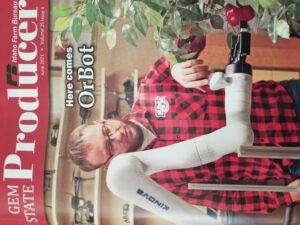
An NNU professor with his engineering students have created an orchard robot that will be used to supplement harvest crews. Williamson Orchards is one of the orchards that will help test this new technology. Mike spoke with Sean Ellis at the Idaho Farm Bureau and this is the interesting article about the project. Read it here: Idaho-developed bot could help orchardists.
We are in the orchards this month, join us to get a little advance information on what to expect during our U-Pick Cherries event running June 18, 19, & 20 from 10am to 4pm, while supplies last. We also plan on reopening on June 25, 26, & 27 from 10am to 4pm, while supplies last. Beverly & Mike let us know the details.
Watch here:
With harvest underway, we thought it would be interesting to get a little inside information on how some of that happens on a busy farm. Patrick Williamson took a few minutes to give us an up close look at a vital part of harvesting.

Rome was not built in a day and neither was the family farm. Lillian and George continued to make improvements to their homestead over time. Between 1918 and 1919 they were able to build a barn, which allowed them to keep more livestock. They started to raise a small herd of dairy cows which proved to be helpful. Like with most start-up farms, money was tight so Lilly and George sold their surplus milk and cream. We suspect having fresh cream for their morning coffee was an added perk too! 
Lilly and George didn’t live lavish lives but they loved their land and they were willing to make the most of it. They experimented with raising different crops. They were the first family to plant apples in the area and continued to plant various fruit trees over the years. Surprisingly one of their first crops that brought them some financial windfall was a bumper crop of tomatoes! You can see (below) a picture of the field of young tomato vines, they covered in white paper tents to protect the plants until the danger of frost was past. 

